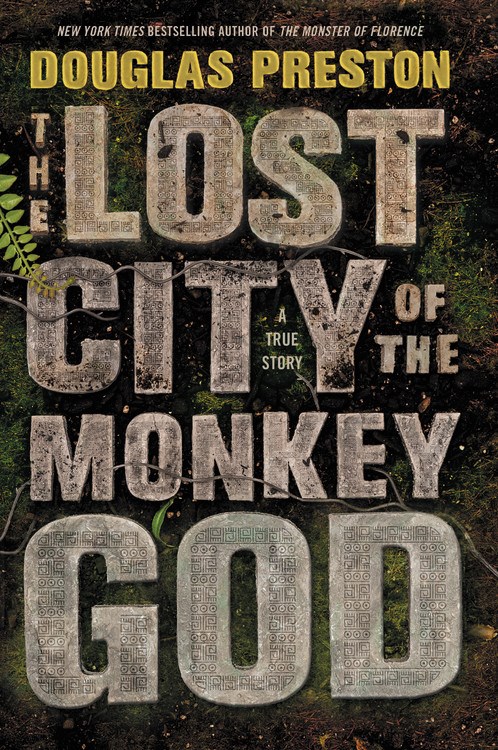
The Lost City of the
Monkey God is a non-fiction book by National
Geographic writer Douglas Preston.
Douglas Preston accompanies a group of researchers to a remote area of
Honduras, Mosquitia, which legends suggest is the home to a lost city, Ciudad
Blanca, also known as the City of the Monkey God. The author describes how lidar is used to
make a map of the area, confirming that there was a civilization there. He and a team also travel into the area to
view the ruins themselves, uncovering a massive ruin with previously untouched
artifacts. The type of people that lived
in the area was described as having a rich culture that had ties to the Mayans
but confirmed that the Mayans were not the inhabitants of the Ciudad Blanca,
the White City. The city was likely
abandoned due to disease, which the author came across first-hand when he came
down with a very hard to treat parasite, leishmaniosis, which can cause the
entire loss of a nose or face, in some cases.
There were some parts of this book that moved a bit slow,
due to being a little overly technical.
Someone with more of an interest in surveying (like my surveyor father)
would find discussions of lidar and GPS equipment fascinating but I was more
interested in the culture of the people that lived in Mosquitia. I was not disappointed! I was excited to learn about a culture that I
had previously no knowledge about. The
people indigenous to the area were not Mayans but had some ties to them, due to
trade, and some of their culture seemed to mimic that of the Mayans. I was also intrigued to learn about the
illnesses that plague the area, mostly due to the insects that are rampant, and
the horrors of the fer-de-lance snake (including the frightening picture at the
end of the book). The book does contain
a brief modern history lesson of Honduras and explains how the excavations were
effected by that history and the current political and economic climate of the
area. I felt the author’s frustration
when he described the criticism that the team received on release of news of
the discovery and felt equally frustrated that academic competition continually
thwarts advancements and discoveries.
Overall, this was a really great book.
If you are a reader that does not enjoy the technical nitty gritty that
some non-fiction books have a lot of, keep reading past the half-way point of
this book, as I don’t think you will be disappointed. Another great book to read about the culture of
the Americas prior to Columbus is Charles Mann’s 1491: New Revelations of the Americas Before Columbus.


This book was released on January 3, 2017 and can be
purchased at booksellers, such as Amazon and Barnes and Noble. Read additional reviews of this book on
Goodreads.
I am a participant in the Amazon
Affiliates program. By clicking on the Amazon link and purchasing this
product, I receive a small fee. I am not associated with Goodreads or
Barnes and Noble in any way and the links provided are available strictly for
your convenience and not to imply a relationship of any kind. I do not track activity of visitors beyond that
which blogger already does. If you click on an outside link, those
websites may track your activity but I do not actively share any information
with third-party websites.




No comments:
Post a Comment